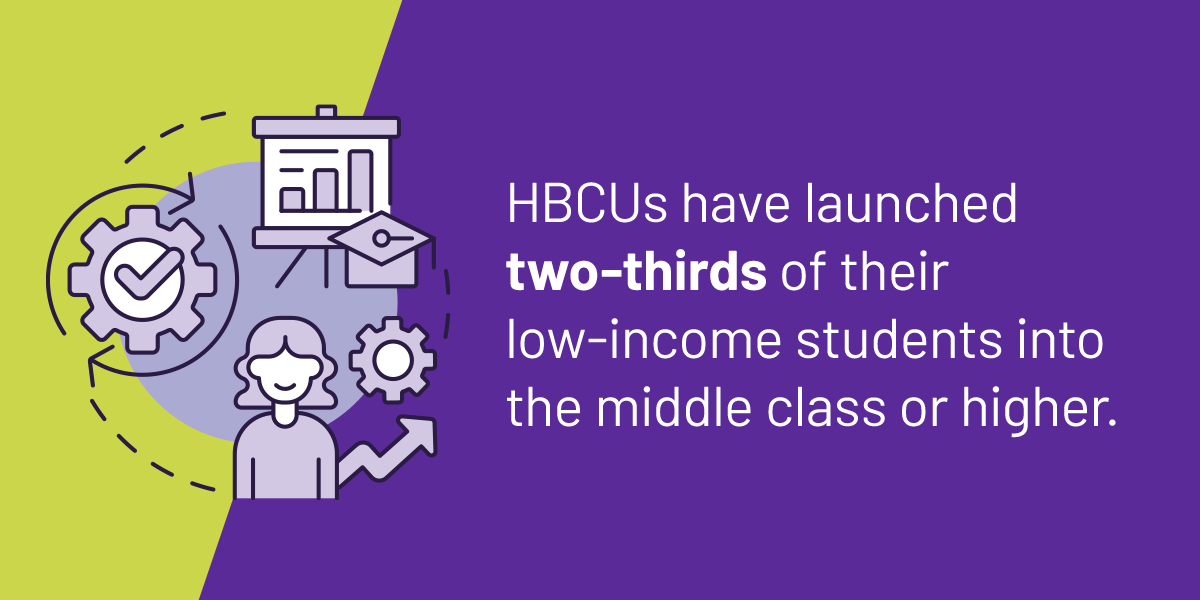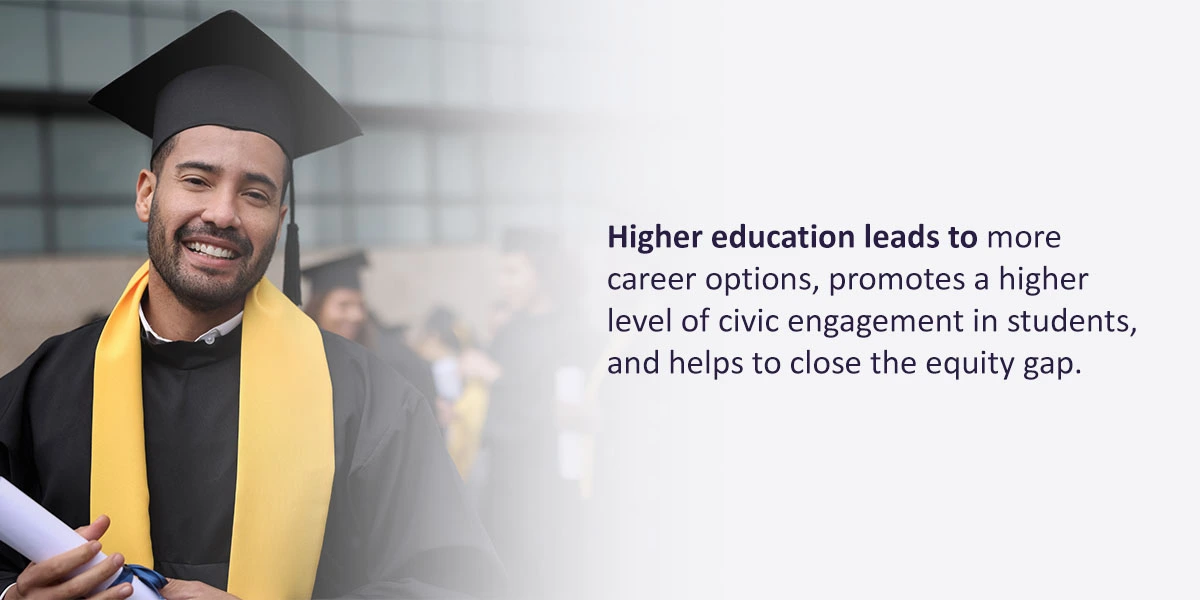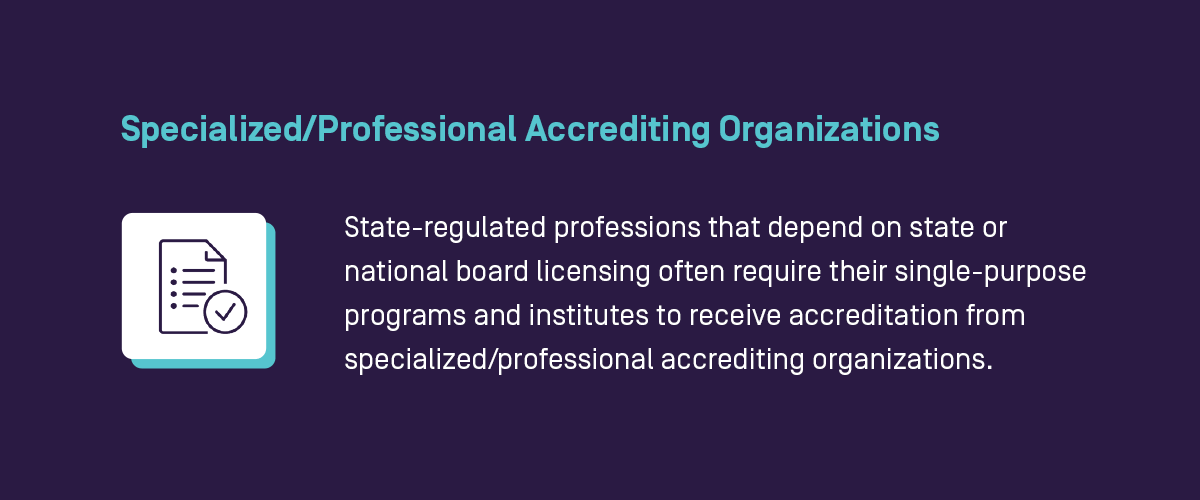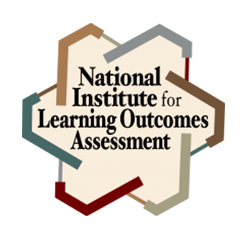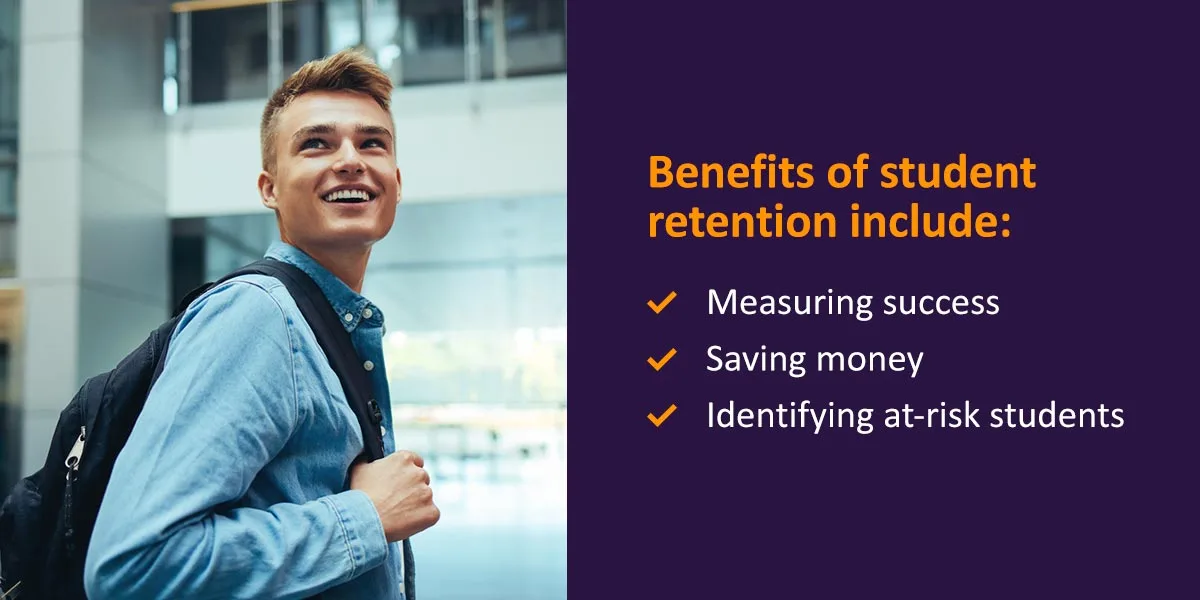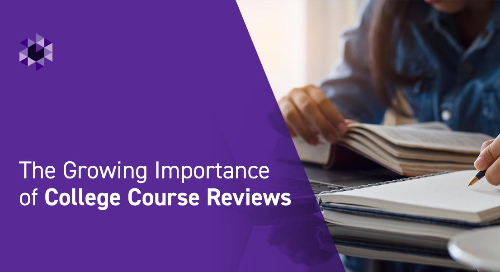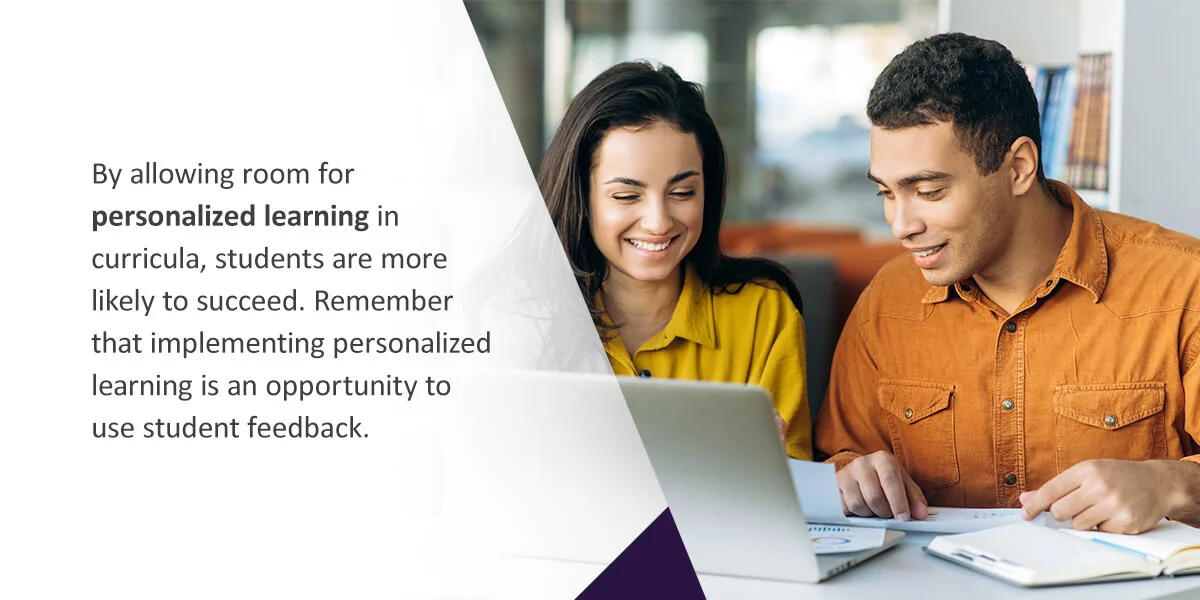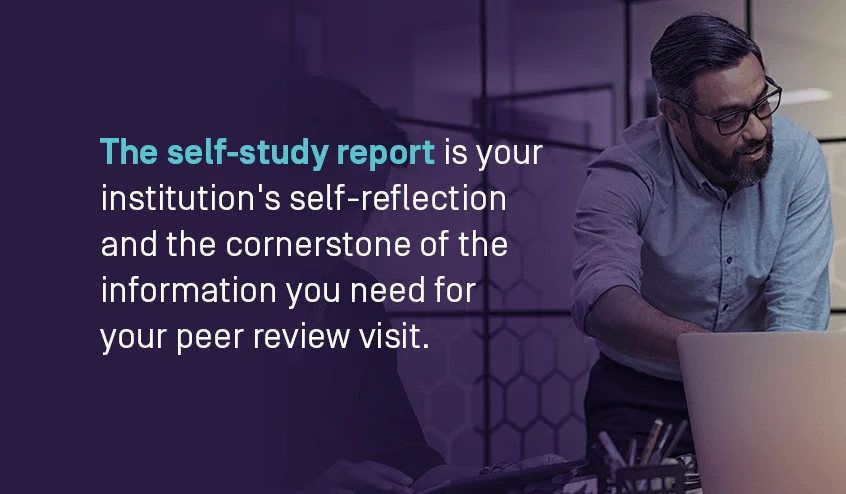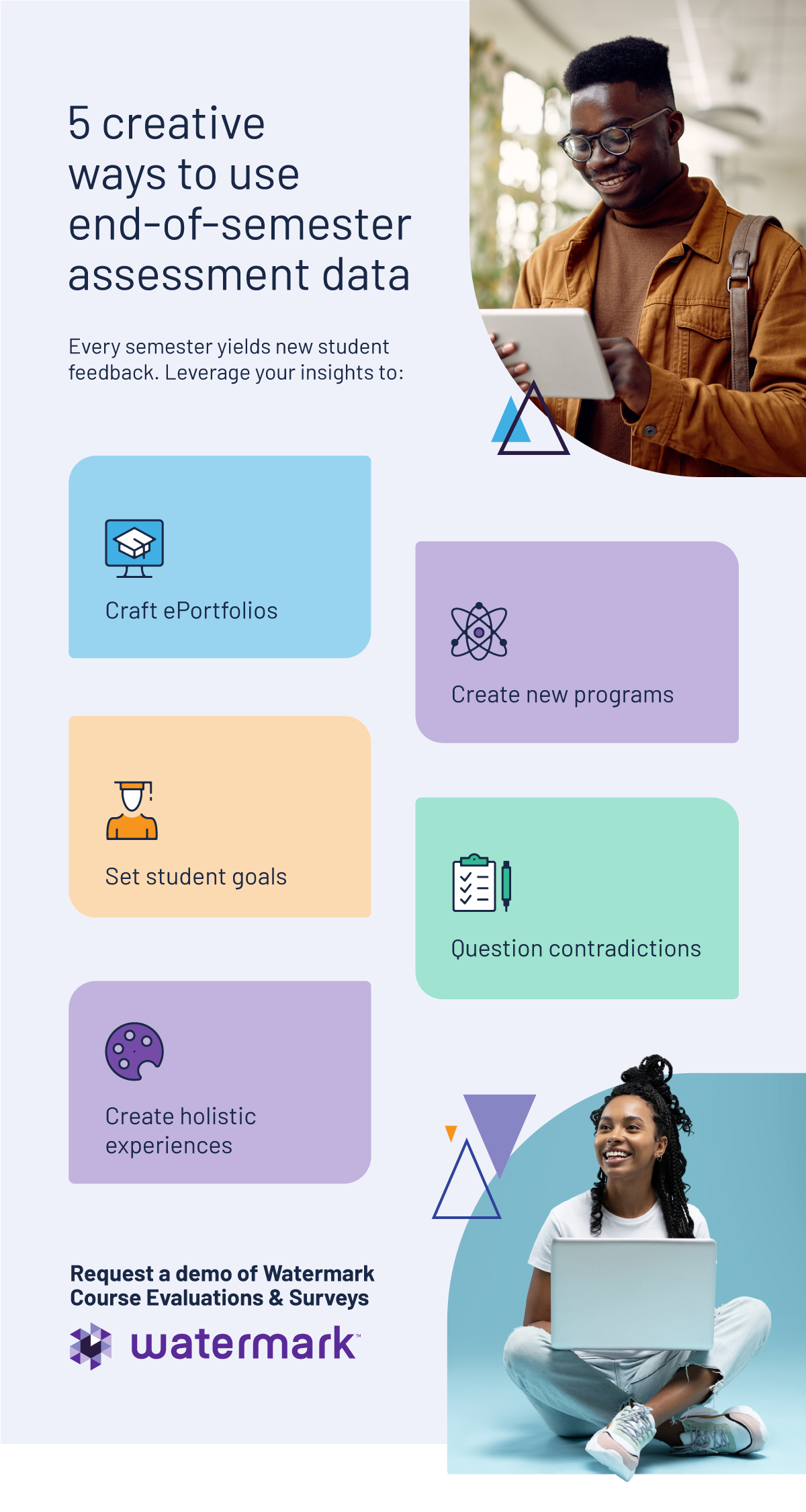
The student experience shapes what students think of your institution and how well they perform academically. However, it’s hard to understand experiences and perceptions without directly gathering student feedback. That’s where student perception surveys come in — these powerful tools help your institution gain insights into what influences their attitudes and opinions.
This article will help you understand how a survey of student perceptions can benefit your institution. It also includes tips and best practices to ensure your surveys achieve the desired results. By using our advice, you can elevate student voices, make impactful changes, and lead your institution toward success.
What are student perception surveys?
Student perception refers to how students interpret their experiences. With a student perception survey, your institution can uncover how they feel and think about various aspects of the student experience. Also called a student opinion survey, this tool captures subjective, personal viewpoints that your institution may be unaware of.
A student perception survey can also help you understand how perceptions shift over time. But what exactly shapes student perception? There are two main factors involved:
Expectations
Students form perceptions of your institution long before they enroll. Previous educational experience, interactions with admissions officers, personal beliefs and values, input from friends and family, and institutional reputation can start to form a specific view of your institution in their minds. This initial perception shapes how valuable and worthwhile they feel your institution is, which can influence their enrollment decisions.
Experience
A student’s initial perception evolves as they interact more with your institution. Their experience learning in lectures, researching in labs, being around campus, participating in activities, socializing with other students, and utilizing support services shape their overall perception. Campus culture and institutional policies can also contribute to their perception.
Why student perception surveys matter
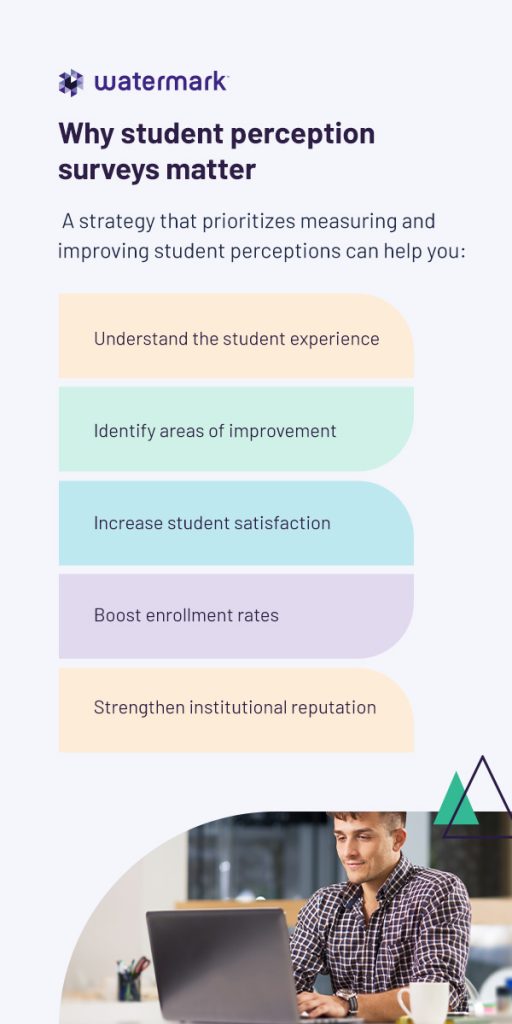
Gathering feedback from students to understand their perceptions is key to institutional success. After all, students are the lifeblood of higher education, and their opinions can make or break your institution’s reputation. A strategy that prioritizes measuring and improving student perceptions can help you:
- Understand the student experience: Each student has a unique perception of your institution, influenced by their diverse backgrounds. By using a specialized survey to gather feedback directly from students, you can begin to understand the student experience. Student opinions can reveal their needs and highlight what’s most important to them.
- Identify areas of improvement: Once you have more information about student perceptions, insights, and needs, you can use it to inform decision-making. Analyzing survey results will reveal patterns, trends, and insights that highlight areas for improvement. When you address these, you can enhance the student experience and make students feel heard.
- Increase student satisfaction: Making changes based on concrete feedback can positively impact student satisfaction with the quality of your institution’s services. Satisfied students often have a better perception of their educational institution and are more likely to graduate.
- Boost enrollment rates: Given the decline in enrollment rates, institutions must remain competitive to attract students. Creating an experience that fosters their academic, social, and emotional needs can set your institution apart. Satisfied and happy students may also spread positive reviews, which encourages others to apply to your institution.
- Strengthen institutional reputation: A university’s reputation is built on the student experience. An enjoyable university experience and high enrollment and graduation rates can enhance your institution’s reputation. Reputation also plays a part in shaping student perceptions and attracting top talent, making it a top priority.
10 Questions to ask in a student perception survey
The student journey is vast, starting the first time a student hears about your institution and lasting until long after graduation. It also spans various aspects of student life, from academics to campus activities. You can use student surveys to understand perceptions across the student journey, giving you a comprehensive overview of your institution’s student experience.
However, the effectiveness of your survey relies on the quality of its questions. Use the question ideas below to inspire your surveys and receive better responses.
1. How would you rate the quality of instruction in your courses?
Teaching quality affects student academic performance, making it an essential aspect of measuring the student experience. Professors and lecturers who create an engaging learning environment help students understand coursework and achieve their best in assessments. However, it takes a clear understanding of evolving student needs to keep them engaged while learning.
By determining the perception students have of teaching quality, you can pinpoint how to make instructional methods more effective. Improved teaching can increase student satisfaction in class and help them achieve better results.
2. How accessible are your instructors outside of class for questions and support?
Faculty must be available for consultations after lectures to provide necessary support to students. In one-on-one or group meetings with students, they can answer additional questions, clarify confusing course content, and offer emotional support or career guidance. Even if you encourage faculty to be available for consultations, they may struggle to find time or meet the demand.
When you discover the reality of the situation through student feedback, you can make adjustments to help faculty devote more time to student support. This strategy can increase student performance and improve their well-being.
3. How satisfied are you with the resources available to you?
Students need multiple resources to excel academically, including up-to-date information, facilities, technology, and equipment. A lack of resources can make students feel overwhelmed, underprepared, and unmotivated. Consequently, their performance and perception of your institution may decline.
Simply asking students about their opinions of your institution’s current resources can highlight gaps and upgrade opportunities. By making student-requested changes to resources, you can improve academic performance and student satisfaction.
4. What specific student support services have you used, and how would you rate their effectiveness?
Your higher education institution’s students may face various challenges, such as financial concerns, poor mental health, and intense workloads. Without sufficient organizational support, students struggle and eventually drop out. You’ll need to gather student feedback directly to provide support services that address their unique needs.
Questioning the use of support services can help you understand what to improve, add, or remove. If you want to provide additional support to students, consider services like counseling, career guidance, tutoring, or mentorship.
5. How safe do you feel on campus during the day?
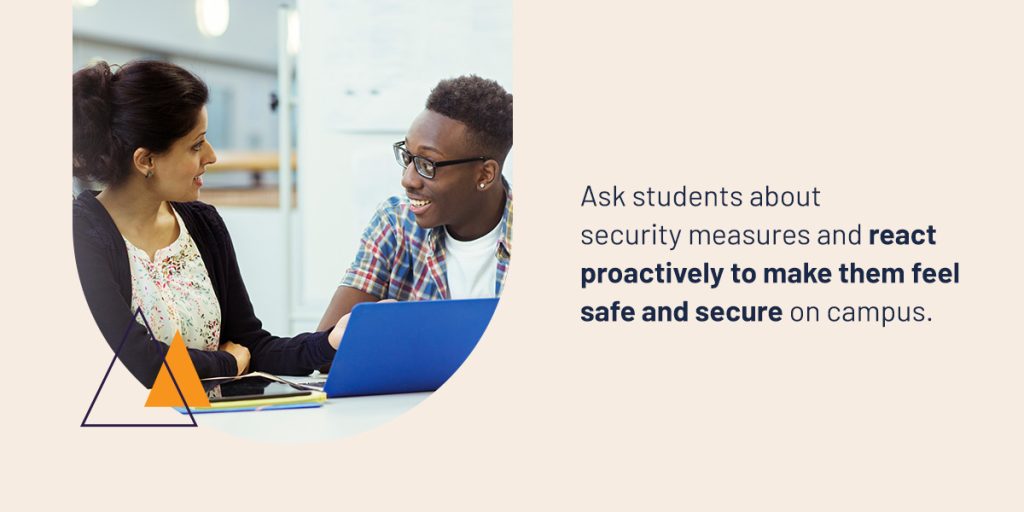
Asking students how safe they feel is a good way to assess the effectiveness of campus security initiatives. Without their feedback, you may have to rely on crime and harassment incident reports after they occur. This strategy may increase fear and anxiety, which can keep students away from campus and distract them from their studies.
Instead, ask students about security measures and react proactively to make them feel safe and secure on campus.
6. How well does this institution promote diversity and inclusion on campus?
Diversity, equity, inclusion, and belonging (DEIB) promotes fair and equal treatment of everyone on campus. Creating an accepting campus culture is essential to reducing harassment and discrimination at your institution. This ensures students feel safe and can be themselves, which often leads to increased satisfaction and retention.
The only way to find out if your institution’s DEIB initiatives are successful is to ask students, particularly those who belong to minority groups.
7. How satisfied are you with the extracurricular activities and organizations available to you?
Non-academic pursuits like extracurricular activities allow students to make friends and have fun in a low-pressure environment. They can also give students a sense of belonging, which can improve their mental health. However, extracurricular activities and student organizations must be worthwhile to entice students to join.
Asking students what they think about available activities can make them more enjoyable. You may also discover unknown student interests, which you can use to offer more activity variety. Doing so can increase participation rates and make students feel more positive about their life outside of learning.
8. How well do you feel this institution prepares you for your future career?
While receiving a physical qualification is important, students also expect to learn career readiness during their time at your institution. Career readiness helps ease the transition from student to employee. It involves learning soft skills like time management, teamwork, communication, and leadership.
Supportive faculty and co-curricular activities can help develop these soft skills and contribute to career readiness. Gathering feedback around career readiness can ensure you’re adequately preparing students to enter the workforce.
9. How satisfied are you with your overall experience at this institution?
Your institution’s efforts and services will culminate into an overall perception in each student’s mind. Finding out whether this perception is negative or positive gives you a baseline metric to work with. Tracking shifts in this perception also highlights if changes are having the effect you hoped.
10. What is one thing you would change about your experience at this institution to make it better?
Asking this question gives students the freedom to write about what matters most to them. Often, they share their most prominent issues with the student experience. Their responses may give you ideas you never considered or were unaware of. Using this information, you can focus resources on initiatives that will have the biggest impact on student perception.
Question types to include in your perception survey
How you word questions determines how relevant, specific, and useful responses are. However, the question type can impact response depth and detail. There are two main question types to consider, and it’s best to have a combination of both:
Closed-ended questions
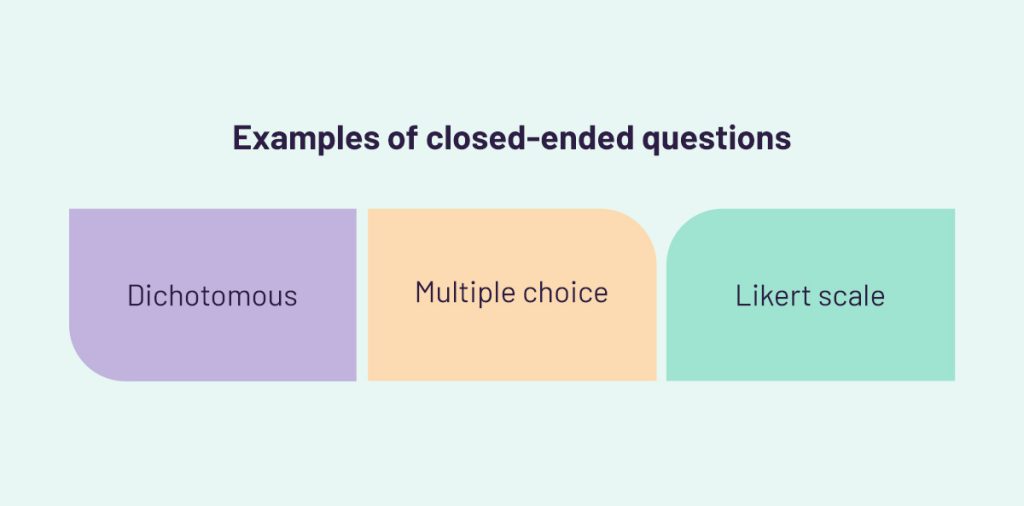
Closed-ended questions give survey takers set answers to choose from. While they are effective for gathering quantifiable data that’s easy to analyze, they often fail to capture the reasoning behind a response. Examples of closed-ended questions include:
- Dichotomous: A dichotomous question allows respondents to choose between two preset answers. Yes or no options are a common type of dichotomous question answers.
- Multiple choice: A multiple choice question includes a larger list of answer options. You can allow respondents to choose one or multiple answers on the list.
- Likert scale: A Likert scale asks respondents to rate their opinion on a scale ranging from one extreme to another with a neutral option in the middle. This question type can give you a better idea of student perception.
Open-ended questions
An open-ended question allows students to provide detailed answers with fewer limitations. These are the best types of questions to uncover student opinions and perceptions. However, they take extra effort to analyze and quantify. You may need to identify sentiments and themes in responses to make it easier to spot trends. The effort is worth it for the insight you’ll glean from more complex, elaborate responses.
Conducting a successful student perception survey
Use the following advice to plan and administer effective student perception surveys:
- Have a goal: Structuring a survey without a goal in mind can make the responses less useful. Consider institutional goals and align questions with them to ensure the responses make a difference toward goal progress.
- Ask clear questions: Ensure survey questions are clear and include only one concept per question. This limits confusion and misunderstanding, making responses more valuable.
- Avoid bias: Bias happens when people let their beliefs affect their decision-making. In a survey, bias in question order and structure can sway responses in a certain direction. Analyzing surveys for bias can produce more reliable answers.
- Keep it short: Survey fatigue occurs when respondents get tired of answering too many questions or surveys. Keeping surveys short and limiting their frequency can reduce survey fatigue and increase response rates.
- Follow-up: Surveys can improve student perception by showing you value their opinions. However, they can have the opposite effect if students don’t see changes related to their feedback. Thank students for completing surveys, act on their feedback, and follow up to show the results.
Increase survey effectiveness with Watermark
The right digital software can make designing, administering, and analyzing surveys quick and easy. Watermark offers higher education software solutions to save time and drive results. Watermark Course Evaluations & Surveys can help you simplify your course evaluation process without adding intense IT demands.
The software allows you to easily create customized evaluations and deliver them directly to students through their phones or learning management systems. With alerts and reminders, Course Evaluations & Surveys can increase survey response rates by as much as 70 percent. It also has real-time analytics and AI-powered sentiment analysis, allowing you to quickly glean insights and take action.
Book a meeting to try a demo of our software today!

















































